20+ Years Experience
Specialist Business Insolvency Company

Get in Touch Today to Speak to a Specialist Adviser
These days, financial hardship has become increasingly common for small businesses and entrepreneurs alike.
The launch of the Bounce Back Loan (BBL) scheme, a government-backed stimulus package offering small business owners a two-year loan to help cover costs, was a huge relief for many.
You may be entitled to additional financial support through the Government’s Coronavirus Large Business Interruption Loan Scheme and other support measures.
Speak to your bank or business mentor for more information on what options are available to you.
But while it may have come as a blessing, the lengthy application process and hefty repayment terms can make it difficult, if not impossible, to manage.
If you’re struggling to repay your Bounce Back Loan, this post is intended to provide helpful tips to navigate the highs, lows and potential pitfalls of loan repayment.
The UK Government established the Bounce Back Loan Scheme (BBLS) in 2020 to provide immediate financial support to small and medium-sized businesses affected by the coronavirus pandemic. It allows borrowers to access loans of up to £50,000 or 25% of their turnover, whichever is less.
The government has guaranteed 100% of the loan, and borrowers are only required to pay back interest and no capital until March 31st, 2023.
The BBLS has been widely commended for its effort to support businesses in difficult times and promote economic resilience. At the same time, concerns have been raised about the scheme’s long-term sustainability due to the potentially high levels of non-payment from businesses due to a lack of repayment contingency plans.
This could leave taxpayers on the hook for any unpaid debt, adding an unwanted burden when the economy is already fragile due to the health crisis.
In any case, potential borrowers of a BBLS loan need to weigh up their decision carefully and be mindful that how they manage their repayments now will determine the sustainability of their business afterwards.
With this in mind, let us now explore who is eligible for a Bounce Back Loan and what conditions must be met to access one.
The UK government established the Bounce Back Loan Scheme (BBLS) in 2020 to provide immediate financial support to small and medium-sized businesses affected by the coronavirus pandemic.
The scheme has been widely praised for its effort to support businesses.
Still, there are concerns about its long-term sustainability due to potentially high levels of non-payment from businesses.
Potential borrowers of a Bounce Back Loan must carefully weigh their decision and meet certain eligibility criteria to access one.
The eligibility criteria for a Bounce Back Loan depend on the applicant’s type of business.
According to the UK Government website, small businesses in the UK can apply if they have been “trading on March 1st 2020” and “have been adversely affected by coronavirus”.
The applicant must also be a “limited company, ” a sole trader, a partnership, or a charity.
Critics have argued that some businesses that have suffered due to the pandemic may have been excluded from loan eligibility as their operations do not meet certain criteria.
Some examples include self-employed individuals with trading losses and companies that experienced losses due to previously existing problems rather than the pandemic itself.
Despite criticism, most businesses across most industries in the UK can benefit from a Bounce Back Loan depending on their size and individual circumstances.
The primary benefit of this program is its sheer accessibility and ease of application compared to other government funding schemes, such as the Coronavirus Business Interruption Loan Scheme (CBILS) or Future Fund, which are more complex in terms of eligibility criteria, application processing and security requirements.
While there has been some debate surrounding who is eligible for a Bounce Back Loan, most businesses in the UK, especially small ones that meet specific criteria, can access this program. With that said, it is important to understand what steps need to be taken if you cannot afford to repay your Bounce Back Loan. This will be discussed further in the following section.
Being unable to repay one’s Bounce Back Loan can create financial strain and anxiety.
To help regain control of this situation, people should consider their options:
Option 1: Negotiate a repayment plan with the lender. Bank and lending institutions are usually willing to work with their customers in a mutually beneficial way.
Discuss payment plans via email or phone, providing the lender evidence that you have tried your best to repay your loan.
Option 2: Ask the lender to pause payments. Request the lender freeze any further repayments for a certain period of time so you can save up more money and make manageable payments when you are able.
Option 3: Consider switching loans to a different provider. If your current loan does not work for you, transfer it to another, such as another Bounce Back Loan provider or a more traditional personal loan product which may have a lower interest rate and monthly payments.
These options come with different advantages and disadvantages.
For example, negotiating with the lender freezes repayments while they consider restructuring your loan but could cause further debt if repayment terms are made more lenient than originally anticipated.
Similarly, if switching lenders, be sure to understand what impact doing so may have on your credit report and ability to get further loans from other institutions in the future.
When considering which option best fits personal circumstances, individuals are encouraged to consult a financial advisor for tailored advice about the available options.
We also discuss your options if you are a sole trader and cannot pay your BBL.
Regardless of your route, checking if the government can help start the debt repayment process is the best practice.
When tackling your Bounce Back Loan repayments, it’s important to establish if you are eligible for government assistance.
Depending on the specifics of your current financial position, it may be possible to benefit from certain schemes that can provide help with repaying the loan or even extending the repayment period.
If you and/or your business have been financially impacted by the Covid-19 pandemic and are struggling to make monthly payments, the government has implemented schemes such as deferral options or paying interest-only payments for up to six months[1].
To access these assistance programmes, you must have taken out your loan before 4th November 2020 and have been adversely affected by the pandemic – ensuring you meet these criteria is important.
Although these assistance schemes offer a lifeline to those negatively affected by Covid-19, remember that any additional time given with these measures still counts as part of your overall repayment period.
Furthermore, interest still accrues during this time, so if possible, try and proceed with full payments when possible.
Ultimately though, based on your particular financial position, opting for one of these assistance programmes may be the best option.
Taking this route can provide more time to develop a solution and reduce stress related to repayments in both personal and professional capacities.
In the next section – Financial Difficulties and Repayment Options – understanding what help can be offered by the government and exploring whether you fit the criteria is essential before addressing income and spending strategies.
[1] Gov.uk – Coronavirus Bounce Back Loan Scheme (BBLS)
The Bounce Back Loan scheme has been of tremendous help to many businesses. However, it is not always as straightforward for some loan recipients to pay back these loans.
There may be times when loan holders may struggle to ensure on-time payments or make payments at all due to financial difficulties. In such cases, loan holders should immediately reach out to their lender and discuss repayment options that work within their particular financial constraints.
Although no specific repayment programs cater specifically to Bounce Back Loan recipients in financial difficulty, the borrower’s options include:
When considering any of these options, it is important to note that defaulting on the loan could result in legal action from creditors without a formal agreement being reached.
Finally, banks and lenders might also allow an informal arrangement to assist those struggling financially.
Private arrangements with banks and lenders enable borrowers to pause their payments for up to six months, access longer repayment plans, or consolidate external debt into their loans if needed.
Depending on each individual situation, there may be other tailored solutions available. However, this option should only be considered after assessing all the pros and cons of making changes accordingly.
Ultimately, it is essential for scared borrowers seeking assistance for repayment plans to reach out as quickly as possible before any interest or late fees accrue and on-time payments become impossible.
Knowing what actions can be taken ahead of time can help reduce stress and save money in the long run.
Proper communication with the lender and adequate research into potential repayment options can help businesses remain on track with their bounce-back loan payments while still running a successful business during difficult economic times.
With this in mind, let’s talk about private arrangements with banks and lenders next – an important component to navigating repayment options successfully.
For those struggling to repay their Bounce Back Loan, entering into private arrangements with banks and lenders can be a viable option.
Pledging an agreement to make regular instalments or providing evidence of improved financial circumstances can often secure more affordable repayment terms.
It is also important for borrowers to note that their bank may consider a ‘hardship’ request should they suffer from unexpected disruptions to their income stream, such as job loss or illness.
One advantage of entering into private arrangements is that it allows for more flexibility in the repayment schedule.
This allows borrowers to establish payment amounts that are at least partially within their budget constraints without having to default on their loan payments.
Additionally, offering an immediate lump sum payment can often result in significant savings in total interest costs throughout the life of the loan.
That said, borrowers must remain aware that entering into private arrangements with banks and lenders is not without risks. In particular, businesses should assess their long-term ability to uphold repayment plans before making any commitments.
Even if the borrower can make all payments as agreed upon in their private arrangement, there may still be implications on overall repayment timelines and borrowing capacity in the future.
It is also important to note that while banks are permitted to accept instalments or settlement plans during financial difficulties, they are under no obligation to do so.
Ultimately, it is recommended that borrowers consult a professional financial advisor before pursuing any private arrangement with banks and lenders regarding repaying their Bounce Back Loan.
Experienced advisors can help business owners identify a suitable and cost-effective payment solution that suits their relief needs by carefully assessing individual financial threats and situational scenarios.
Entering into private arrangements with banks and lenders can offer an effective mechanism for reestablishing control over business debts during challenging times.
However, it should only be considered after seeking professional advice and fully understanding potential outcomes and consequences.
To find out more about how best to handle personal finance issues associated with business loans, readers will learn more in the following section: Financial Advice.
Financial advice is crucial for those struggling to repay their Bounce Back Loan.
It is important to assess the financial situation, including the ability to make payments and any debts that might need to be addressed.
Different courses of action may be necessary depending on one’s circumstances.
For those confident in their ability to repay the loan, it is recommended that they stick to the terms of their agreement and pay off the loan in full. Avoiding defaulting on a loan will help improve credit scores, which could be beneficial in accessing other forms of financing in the future.
Additionally, late payment penalties should also be avoided as much as possible.
For those struggling due to changes in income or other financial challenges, certain steps can be taken to ease repayment pressure.
This might include negotiating a new repayment plan with the lender or seeking additional financing from alternative sources.
By reducing the amount owed overall, existing debt can become more manageable over time. Consulting with a financial advisor or specialist can provide additional guidance to help navigate repayment decisions based on one’s specific situation and goals.
It is important for individuals who are struggling to repay their Bounce Back Loan to take proactive steps and seek out advice to minimize any potential financial burden down the line.
Knowing all possible options while acknowledging personal circumstances can ensure that proper measures are taken to find the right solution for each circumstance.
Benefits and other options to consider are the next steps in assessing how best to manage a Bounce Back Loan repayment.
Before making significant decisions, it can be helpful to look at what potential benefits might be available or if there are other options worth considering before committing to any changes in payment plans or new financing agreements.
Obtaining a Bounce Back Loan can provide immediate access to capital, while also offering several benefits such as:
However, some potential borrowers may also need to consider other options.
Some other loan options to consider if you are struggling with repayment include grants, crowdfunding, and asset-based financing.
Grants from local government or other organizations may be available for businesses that meet certain criteria. Crowdfunding is another option that allows lenders or investors to fund a venture.
Asset-based financing uses assets such as inventory or equipment as collateral for lending and may be advantageous for rusting cash flow situations.
All business owners should familiarize themselves with the range of borrowing options available, including grant money and loans.
Many options have sincere advantages and disadvantages that must be considered based on a firm’s unique situation.
Understanding these options will enable entrepreneurs to choose the best course of action to pay back their Bounce Back Loans responsibly in the future.
Bounce Back Loans have been a great help to UK businesses, but with the repayment period beginning in 2022, many entrepreneurs are now struggling to repay them. Most borrowers will be eager to repay their loans as soon as possible and in full, yet scaling down businesses without borrowing more money can be tricky.
Fortunately, there are several options for those in this situation.
The government has introduced a range of loan refinancing options, such as the Business Interruption Loan Scheme and the Coronavirus Business Interruption Loan Scheme, which can help small businesses reduce their monthly loan repayments.
Furthermore, debt advisors or restructuring professionals can offer advice on tackling other debts or improving cash flow if needed.
The government is aware of these loans’ impact on small businesses, so it has implemented various measures, such as business rates reliefs and grants for hospitality sector businesses, which can help businesses manage repayments while continuing to support their livelihood.
While no one wants to take on additional debt, entrepreneurs struggling to repay their Bounce Back Loans should not panic; there are available solutions to assist them in repaying and ultimately safeguarding their business’ future.
A Bounce Back Loan can cover various eligible expenses, including business costs such as rent, salaries, and other payments to suppliers.
It can also be used to help pay for assets related directly to the running of a business, such as computers or equipment.
Additionally, businesses may use Bounce Back Loans to make investments to expand their activity or support innovation and research. Finally, Bounce Back Loans may also refinance existing business debts.
There are additional fees associated with taking out a Bounce Back Loan.
Businesses must pay a 2.5% upfront fee and an annual interest rate of 2.5%.
Furthermore, businesses who have already taken out a Bounce Back Loan may need to pay a 2% annual ‘tailored business rate’, which will be charged for the duration of the loan.
These costs can significantly add up over time and should be considered when deciding whether to take out a Bounce Back Loan.
However, overall, the terms of these loans are still very attractive relative to other commercial financing options available to businesses.
If you want to find out how much you owe and if you are eligible for a Bounce Back Loan, the best way to do so is to contact your lender directly.
Most lenders will have information on their website about their loan programs, including eligibility requirements and repayment terms.
Government websites such as Gov.UK also provide guidance on the Bounce Back Loan Scheme, including the latest updates on lending criteria and loan limits.
You can also use this information to assess your own personal circumstances and determine your eligibility. Furthermore, it’s always advisable to speak to a financial advisor if you are uncertain about any aspects of the loan or your own finances before making a decision.
A Limited Company with an outstanding Bounce Back Loan can be dissolved or struck off.
Even if you meet the criteria, it is not recommended because it is likely to be rejected.
Here are some other informative articles about business debt in the UK:

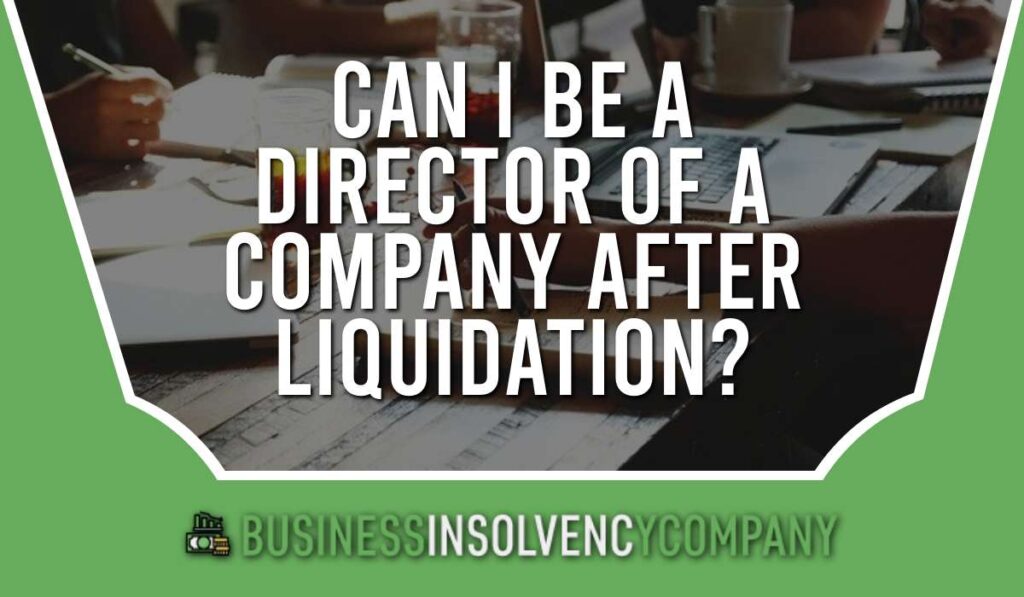


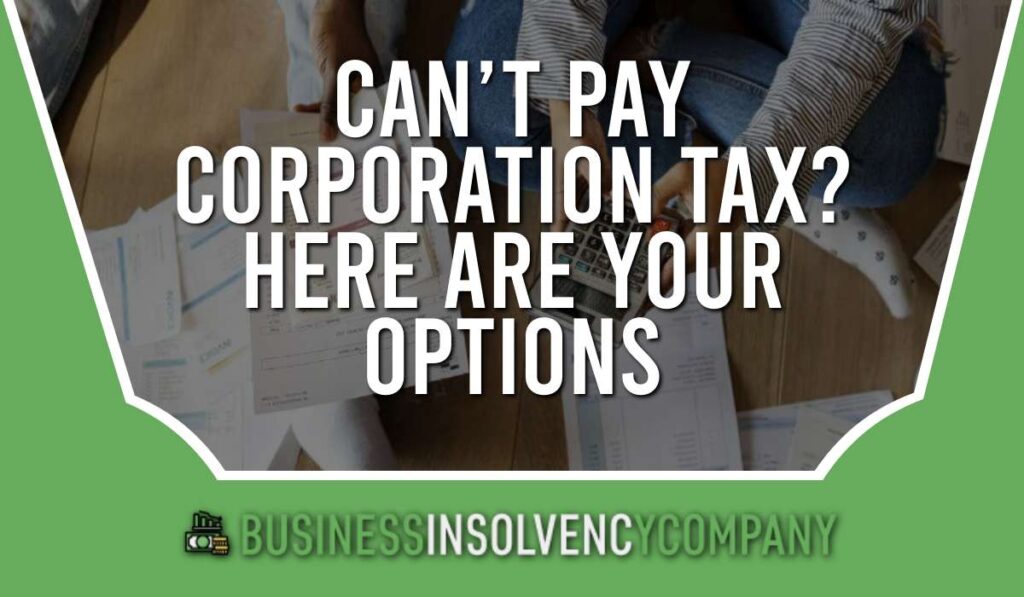

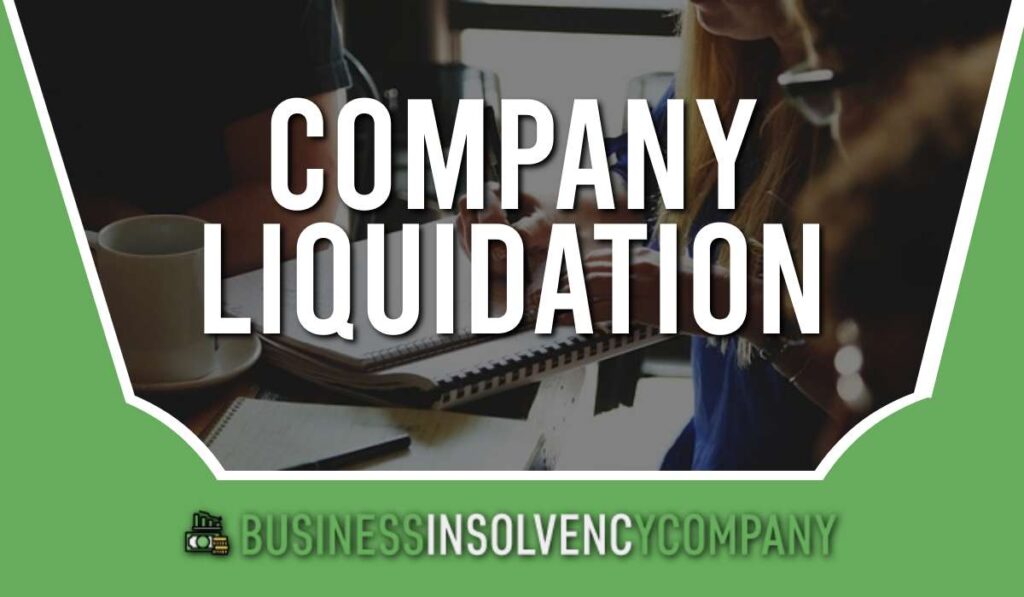
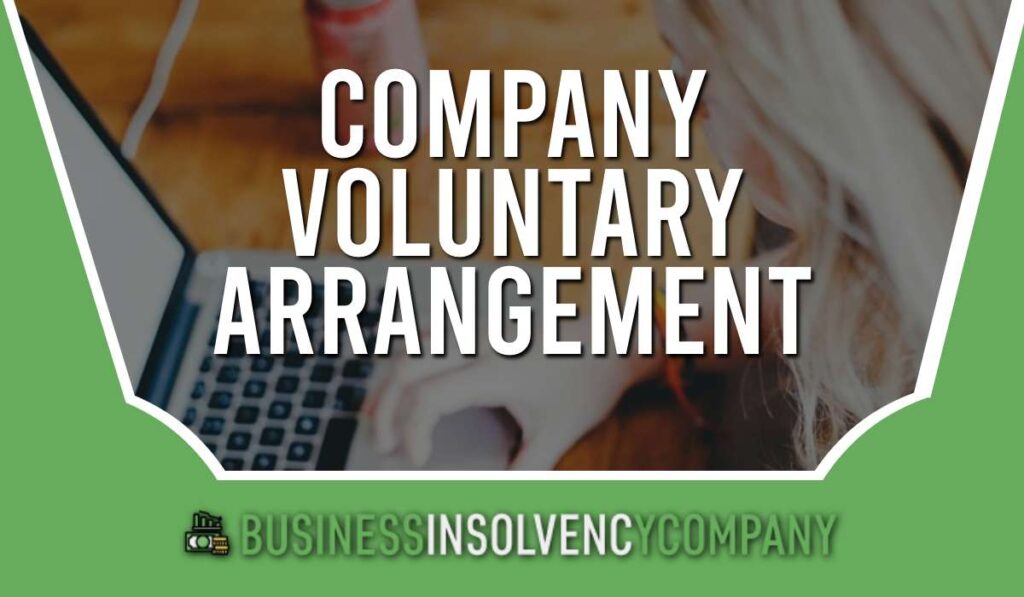

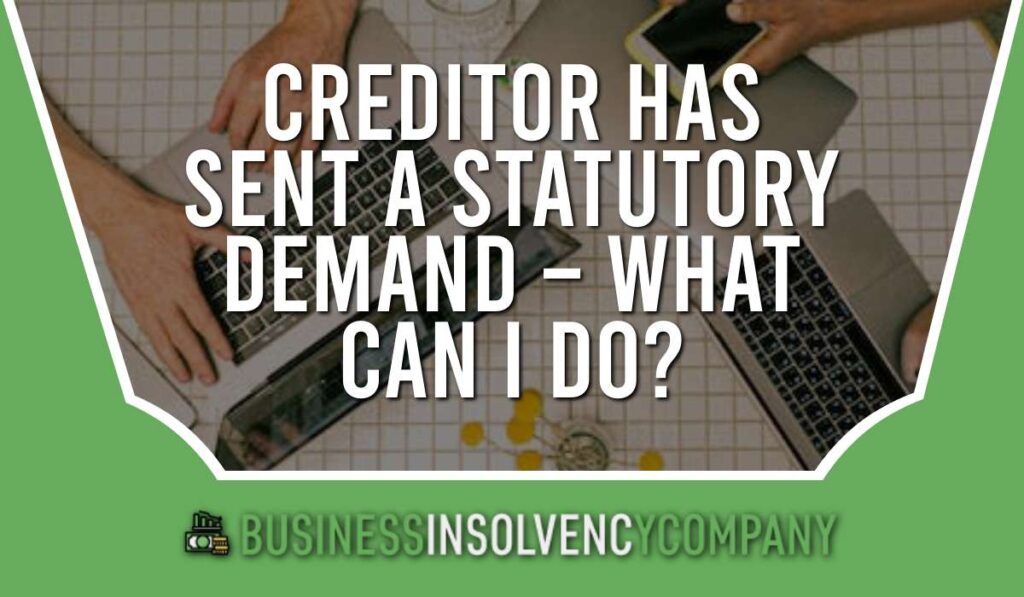
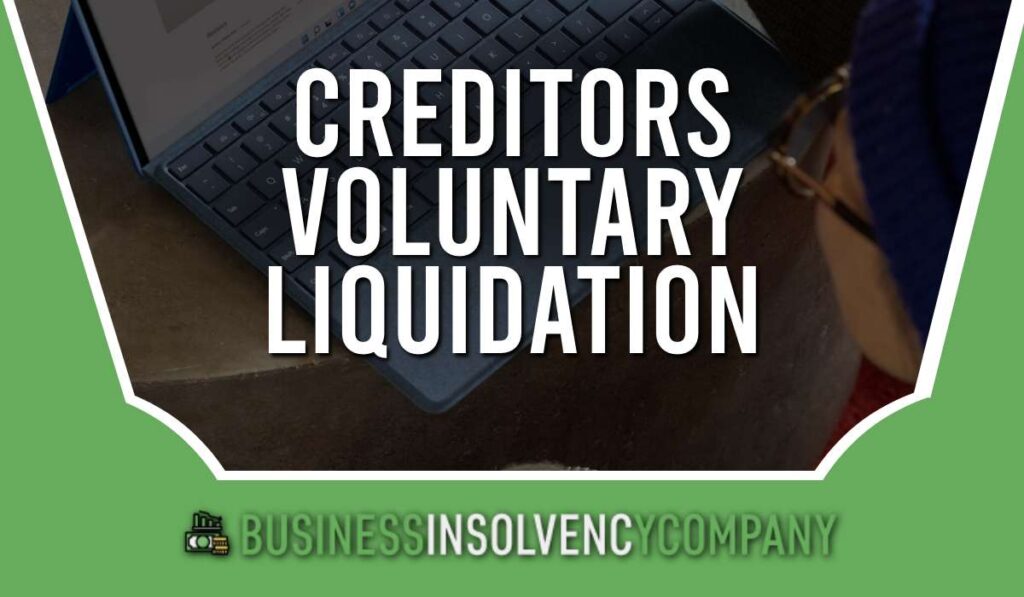
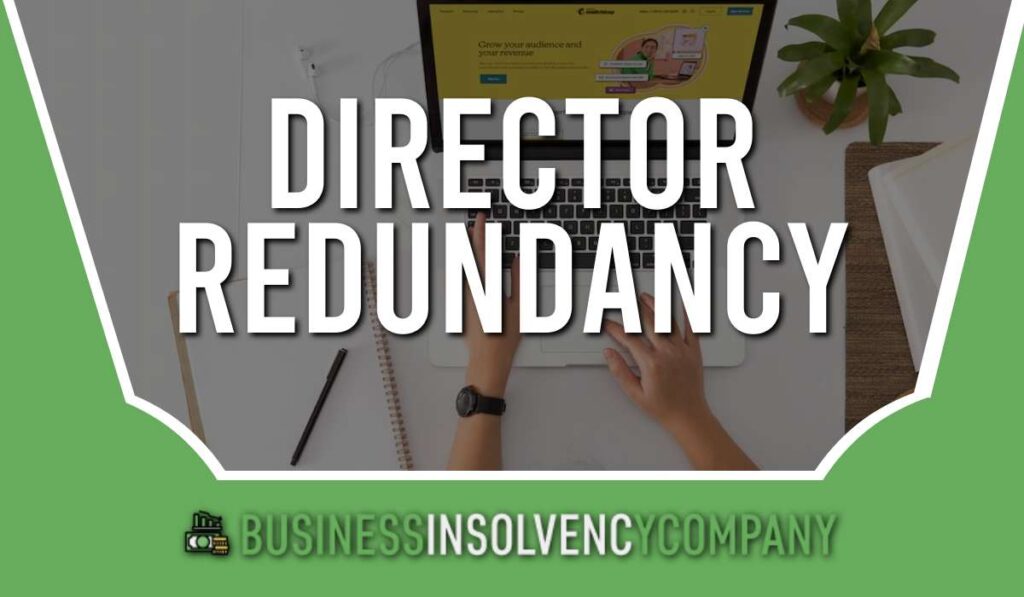

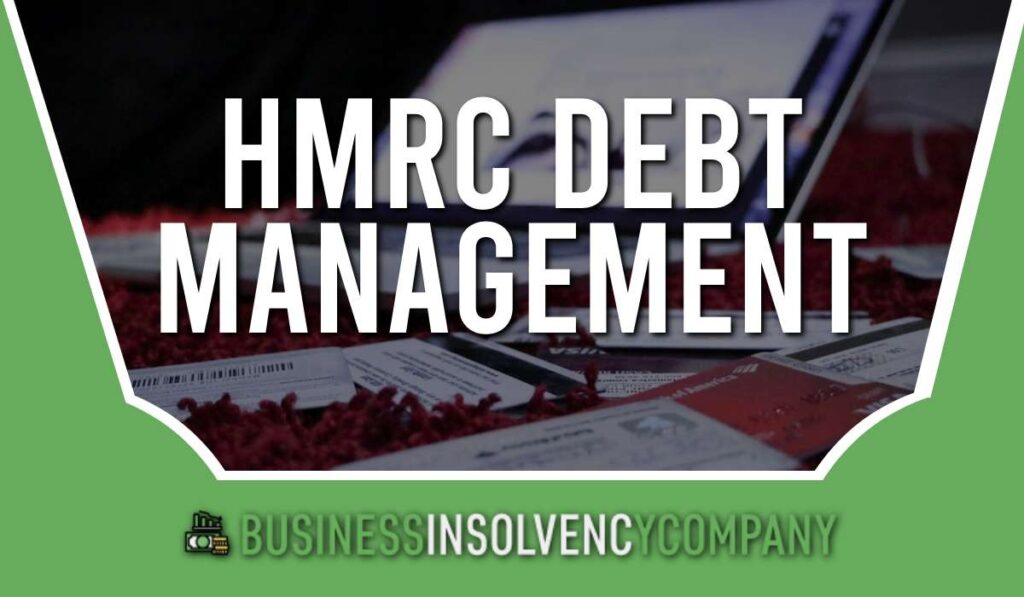

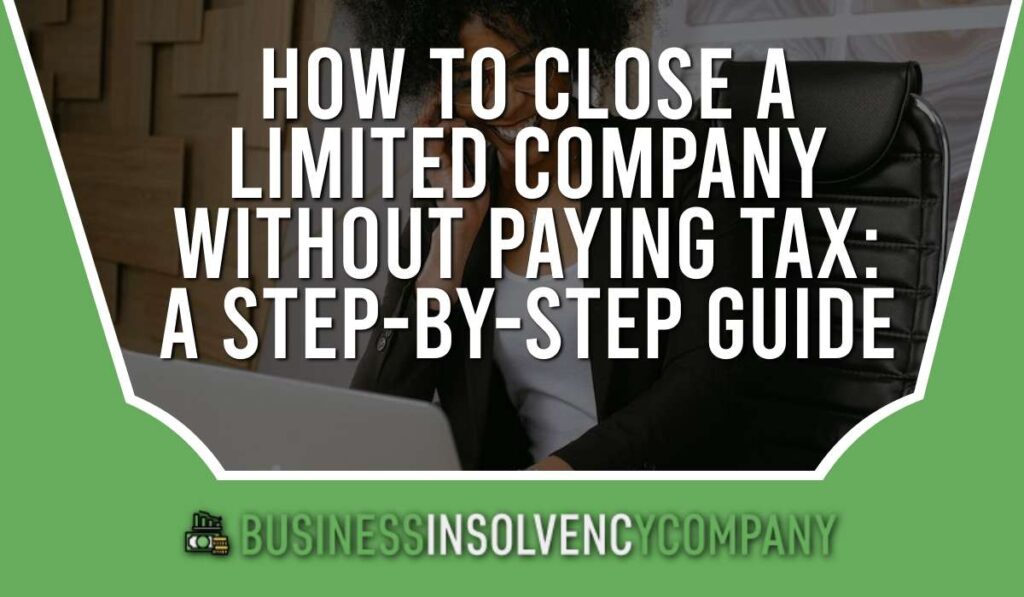
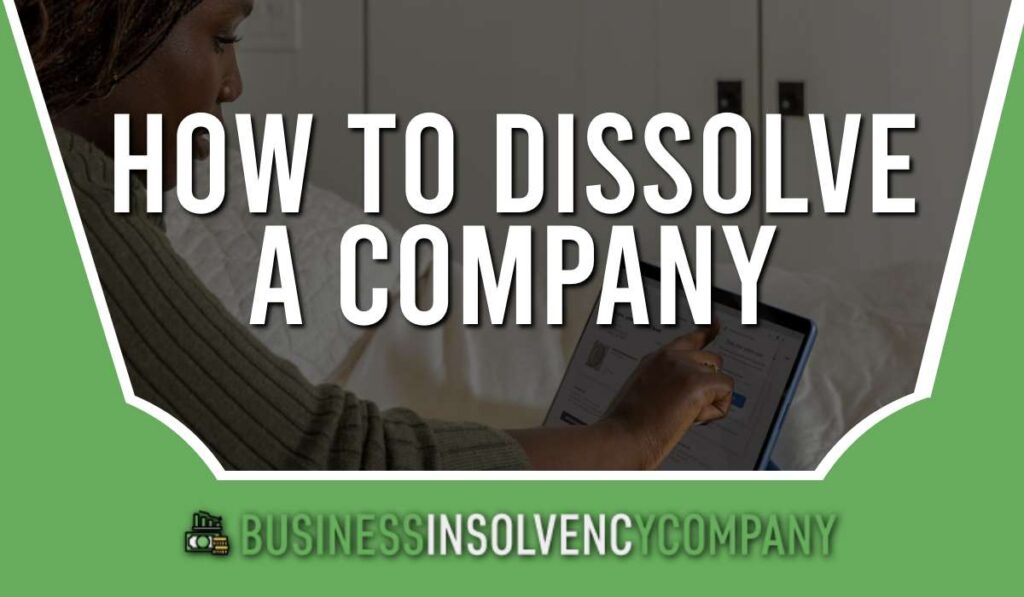



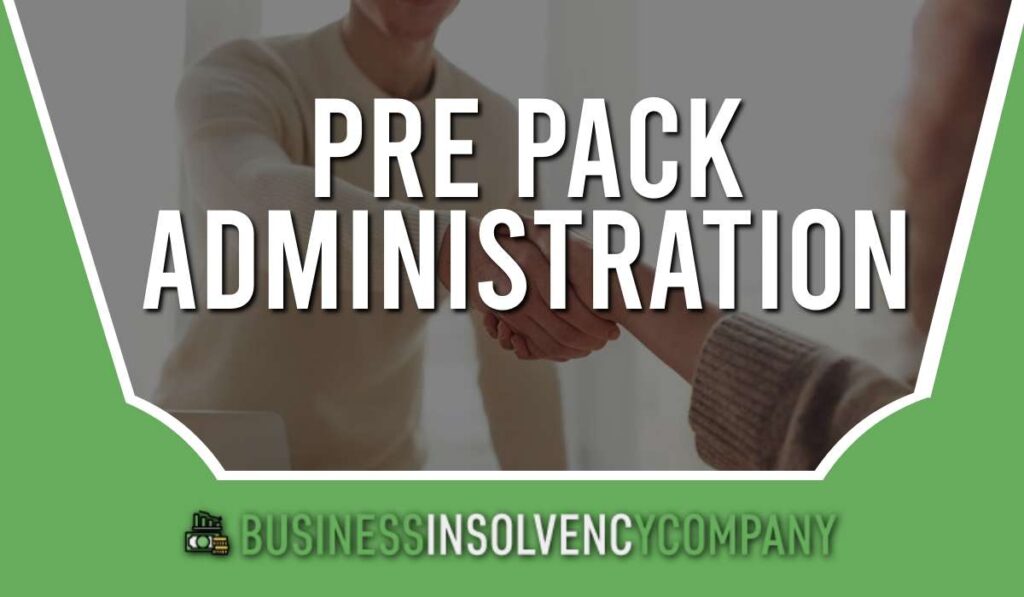





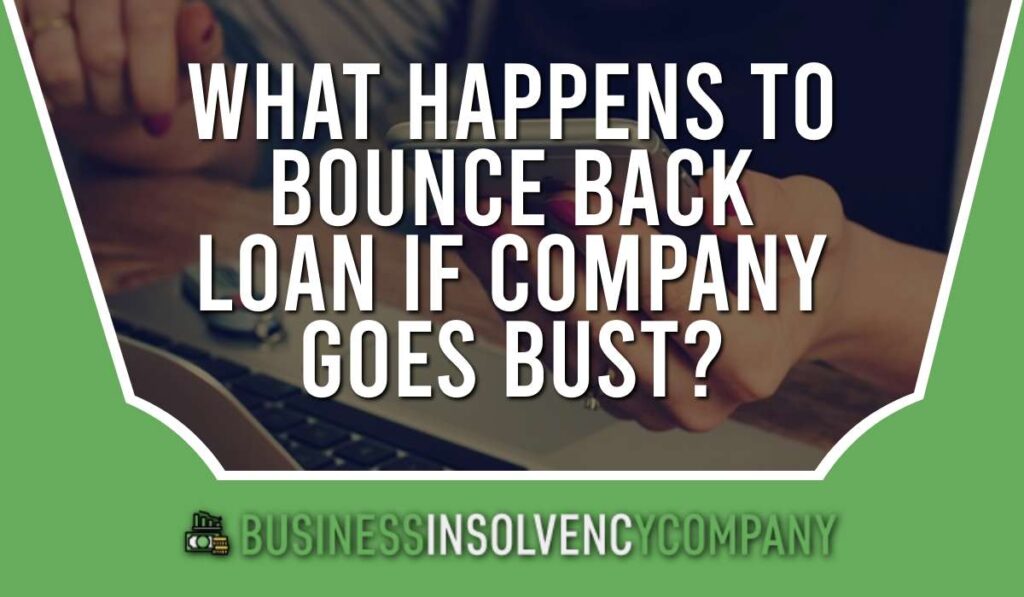
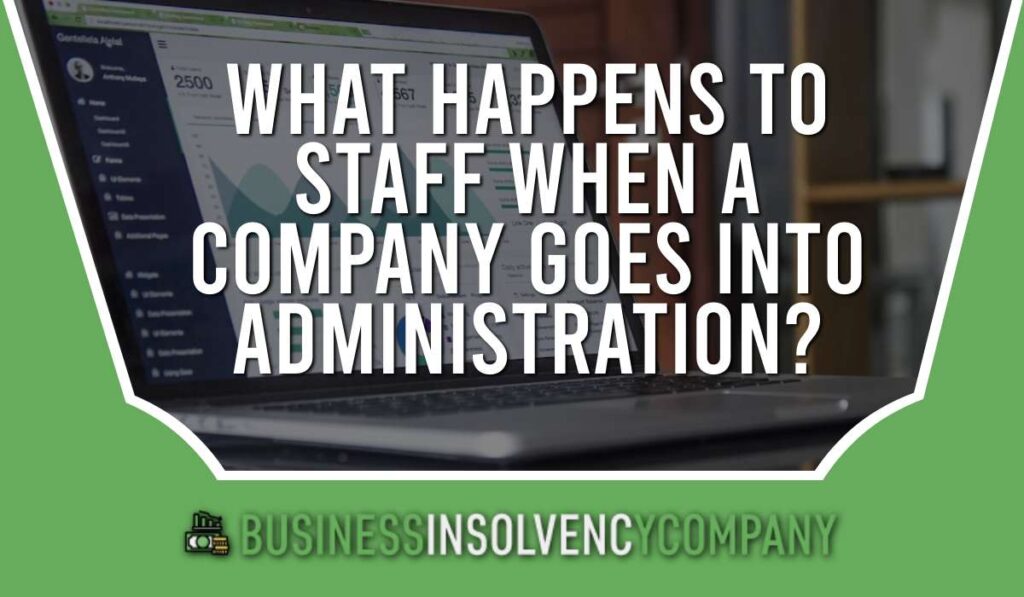

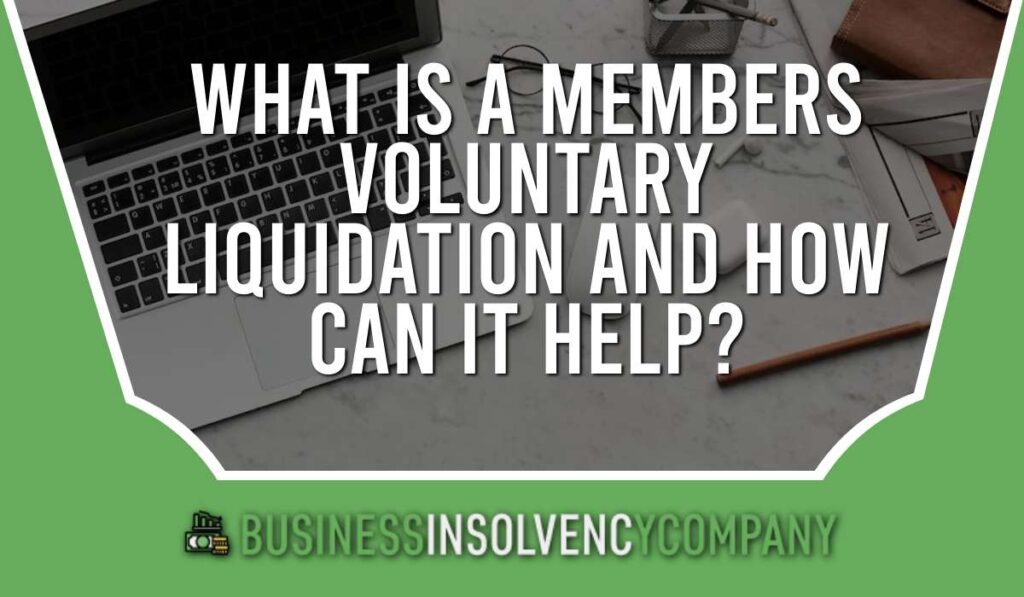

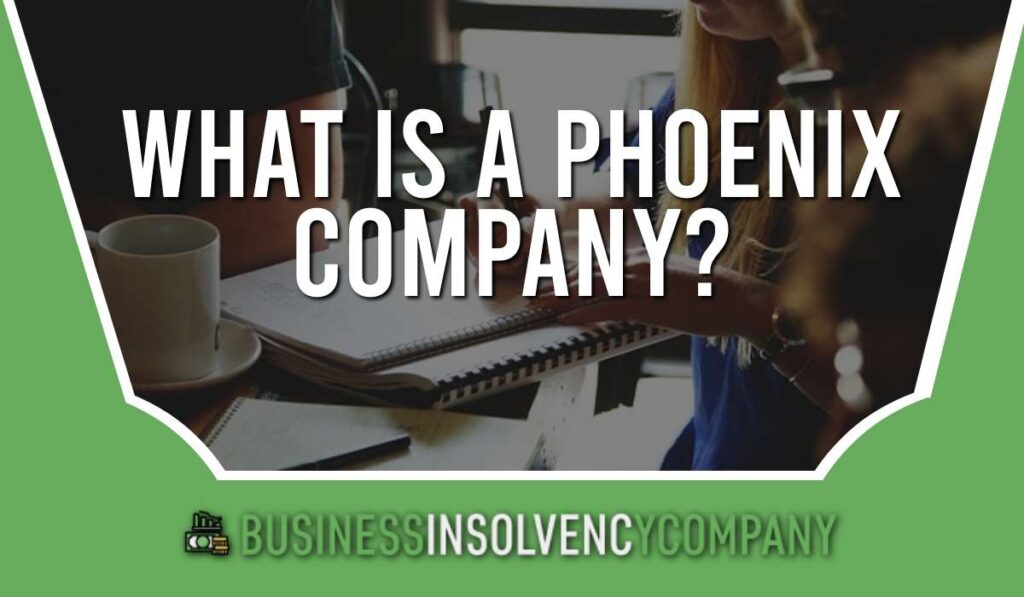

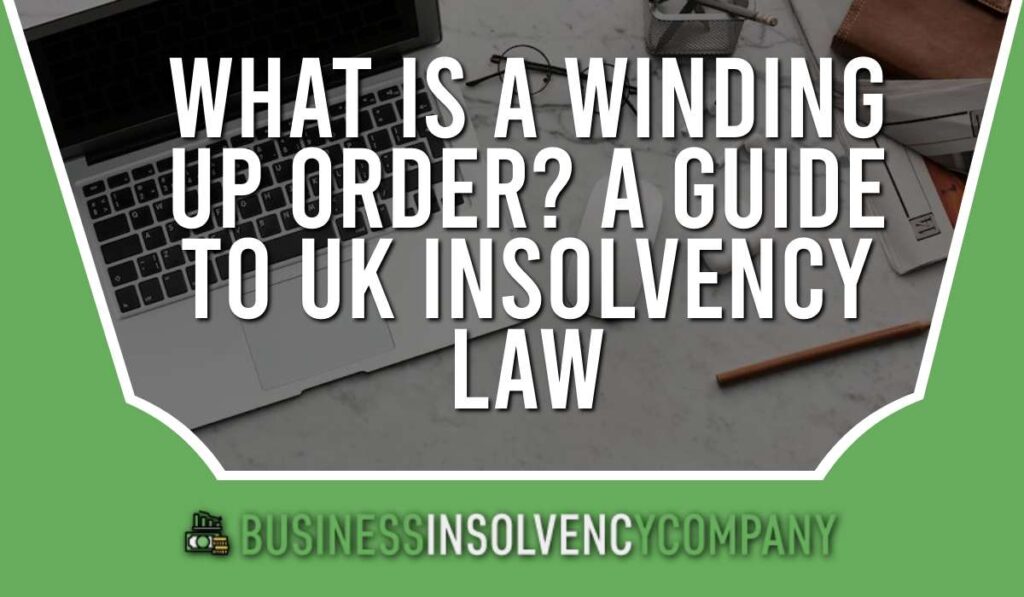




We Aim To Reply To All Enquiries With-in 24-Hours